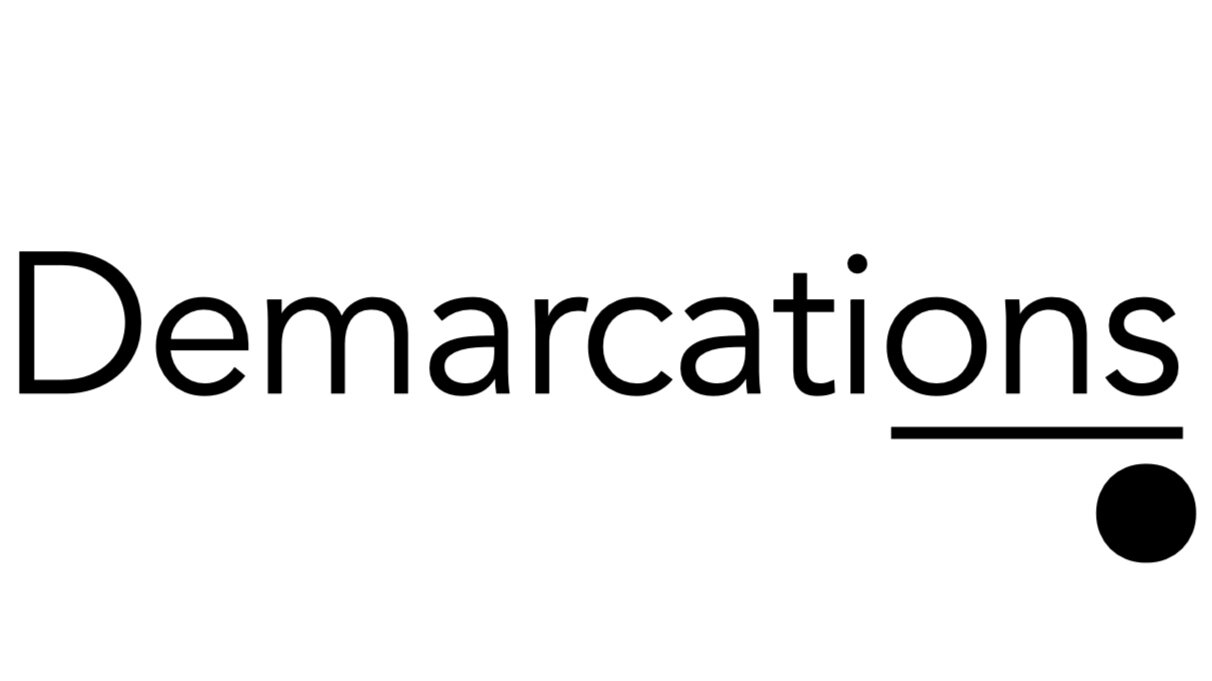(updated below)
I've nearly finished reading The Checklist Manifesto by Atul Gawande. In developing his surgical checklist, Dr. Gawande looked at examples from aviation, which has a long and successful history of using checklists to improve safety. Below are checklists for the Boeing 747-400 and 737-600 (click on images for entire lists)(PDFs).
Similarly inspired, I radically re-worked my GTD Weekly Review checklist. One of the major ideas I borrowed from aviation was to replace the checkbox with an abbreviated description of what "complete" means. For instance, an aviation checklist won't just list the landing gear next to a checkbox. Rather, the landing gear should be "down" on final approach, and that's how it's set out in the checklist.
Adapting this idea, my checklist omits the checkbox and instead describes what complete means. For example, my voicemail boxes should be "empty," my briefcase should have "no paper/items," and the prior week of my calendar should be "reviewed/updated." Here's a copy of my new checklist (click to enlarge).
Hope this inspires you to create or improve your own checklists.
Update: Pilot and commentator Patrick Smith makes an important point:
My feeling is that boredom and automation have relatively little to do with one another. Or, better to the point, they haven't any more to do with one another than they've had in the past. Pilots are at times extremely busy; at other times there are long periods of quiet. Duties come and go, ebb and flow. It has always been that way. Boredom was a factor 60 years ago when planes had rudimentary autopilots and propellers spun by pistons. It's going to be a factor in any profession where there are long stretches of reduced workload -- such as when flying across oceans -- and when a large percentage of tasks becomes repetitive and routine.



